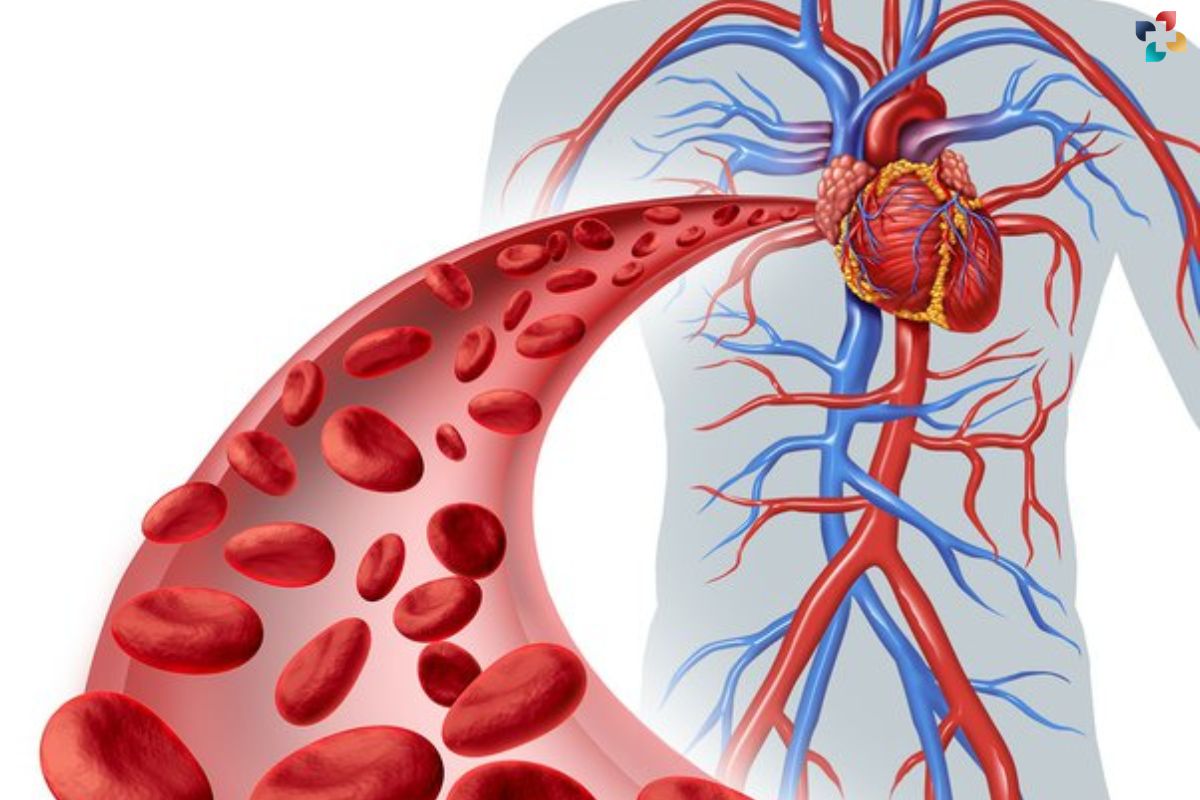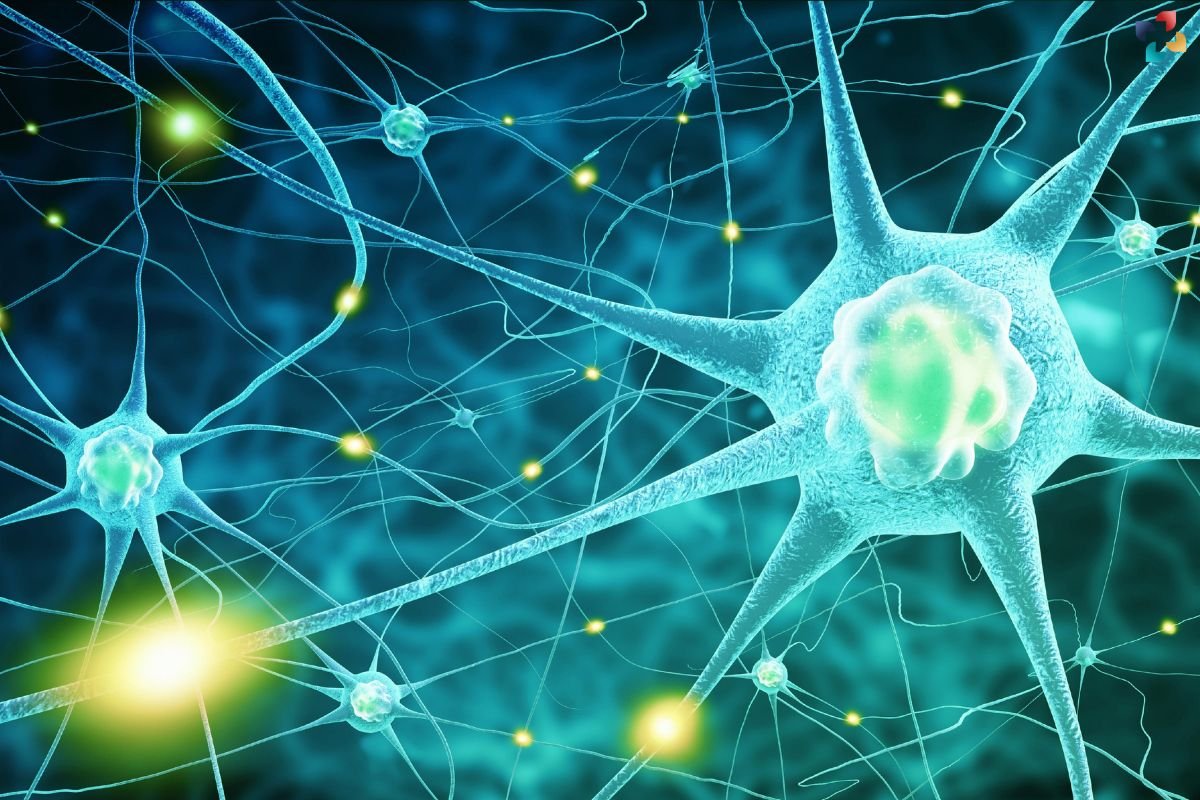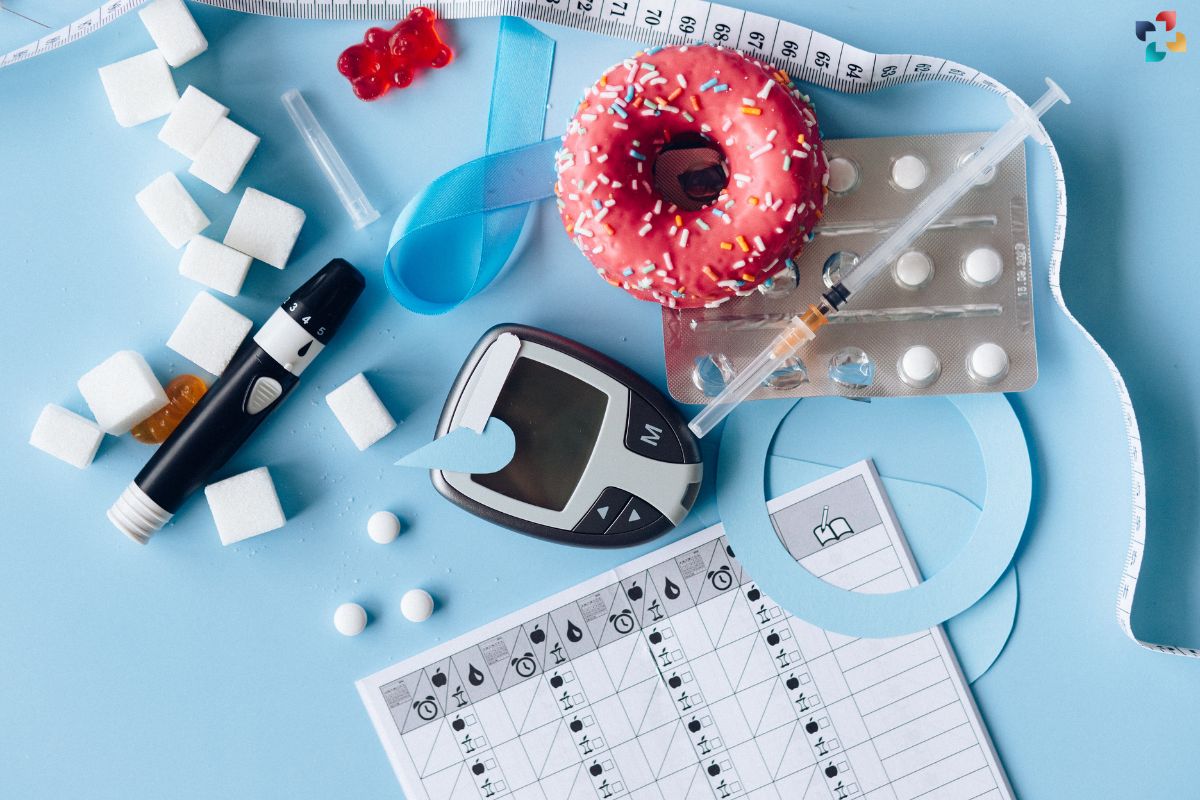In the realm of health and nutrition, the synergy between various elements often holds the key to unlocking ideal well-being. One such trio that has gained increasing attention in recent years is Insulin Transferrin Selenium (ITS). Combining the metabolic regulator insulin with the iron-transport protein transferrin and the essential trace mineral selenium, this powerhouse trio offers a plethora of health benefits.
In this article, we delve deep into the world of Insulin Transferrin Selenium, exploring its functions, benefits, and potential applications.
Understanding Insulin Transferrin Selenium
Insulin Transferrin Selenium, often abbreviated as ITS, represents a dynamic interplay between three vital components:
1. Insulin
A hormone produced by the pancreas, insulin plays a central role in regulating glucose metabolism. It facilitates the uptake of glucose by cells, thereby lowering blood sugar levels and promoting energy utilization.
2. Transferrin
This glycoprotein serves as the primary carrier of iron in the bloodstream. It binds to iron ions with high affinity, ensuring their safe transport to various tissues and organs for essential physiological processes.
3. Selenium
An essential trace mineral, selenium acts as a cofactor for several antioxidant enzymes, including glutathione peroxidase. It helps neutralize harmful free radicals, thereby protecting cells from oxidative damage and supporting overall health.
The Role of ITS in Health and Wellness
The synergistic interaction between insulin, transferrin, and selenium confers numerous health benefits:
1. Metabolic Support

ITS plays a pivotal role in regulating metabolism, particularly glucose metabolism. By enhancing insulin sensitivity and promoting glucose uptake, it helps maintain healthy blood sugar levels.
2. Antioxidant Defense
Selenium’s antioxidant properties complement the protective mechanisms of transferrin and insulin, guarding against oxidative stress and reducing the risk of chronic diseases.
3. Immune Function
Transferrin’s role in iron transport is essential for optimal immune function, as iron is crucial for the proliferation of immune cells. Selenium further supports immune health by modulating inflammatory responses and enhancing immune cell activity.
4. Neurological Health

Emerging research suggests that Insulin Transferrin Selenium may have neuroprotective effects, potentially reducing the risk of neurodegenerative conditions such as Alzheimer’s disease.
5. Wound Healing
Insulin’s role in tissue repair, combined with transferrin’s iron-delivery capabilities and selenium’s antioxidant properties, can promote efficient wound healing and tissue regeneration.
Conclusion
Insulin Transferrin Selenium represents an interesting synergy between three essential components, offering a multitude of health benefits ranging from metabolic support to antioxidant defense and beyond. By understanding the significance of ITS and incorporating it into our lifestyles through balanced nutrition and supplementation when necessary, we can harness its full potential to optimize our health and well-being. As research in this field advances, the future holds even greater promise for unlocking the therapeutic potential of Insulin Transferrin Selenium.
FAQs About Insulin Transferrin Selenium
1. What is the significance of Insulin Transferrin Selenium?
Insulin Transferrin Selenium represents a trio supporting metabolic health, antioxidant defense, and immune function.
2. How can I incorporate Insulin Transferrin Selenium into my diet?
While ITS supplements are available, you can also obtain these nutrients from natural food sources. Foods rich in selenium include Brazil nuts, seafood, and poultry, while insulin and transferrin can be obtained from a balanced diet containing proteins, fruits, and vegetables.
3. Are there any risks associated with consuming Insulin Transferrin Selenium?
When consumed in appropriate amounts, ITS is generally safe for most individuals. However, excessive intake of selenium supplements can lead to selenium toxicity, so it’s essential to follow recommended dosages.
4. Can Insulin Transferrin Selenium benefit individuals with diabetes?
ITS may offer potential benefits for individuals with diabetes by improving insulin sensitivity and glucose metabolism. However, it’s crucial to consult with a healthcare professional before incorporating ITS supplements into your regimen, especially if you have diabetes or any other medical condition.
5. Is there ongoing research into the effects of Insulin Transferrin Selenium?
Yes, scientists continue to explore the potential health implications of ITS, including its role in disease prevention, anti-aging effects, and therapeutic applications. Stay tuned for further developments in this exciting field of study.






